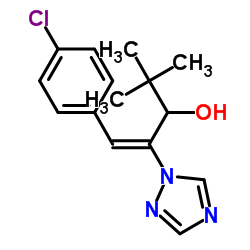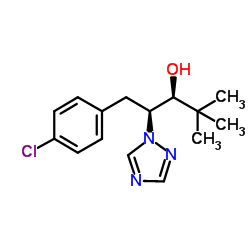| Structure | Name/CAS No. | Articles |
|---|---|---|
 |
Prunit
CAS:83657-22-1 |
|
 |
PACLOBUTRAZOL
CAS:76738-62-0 |